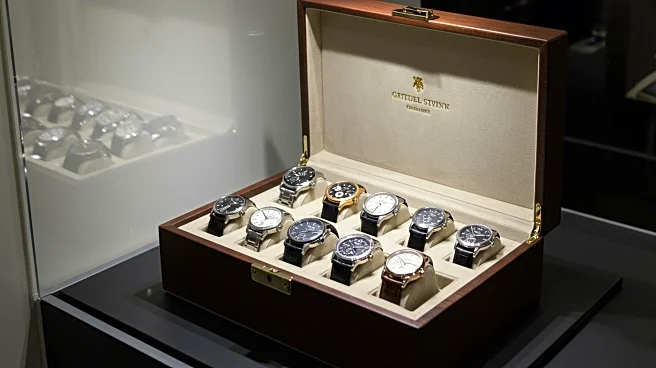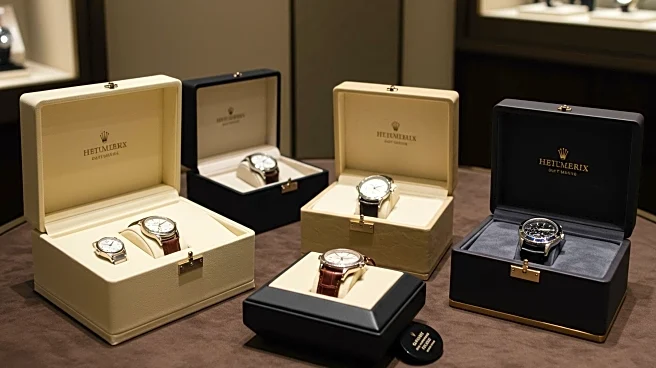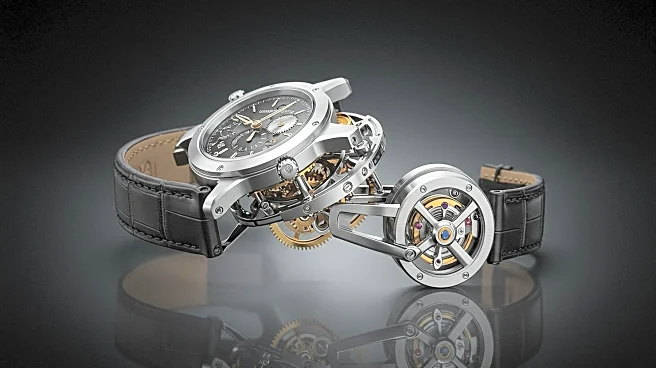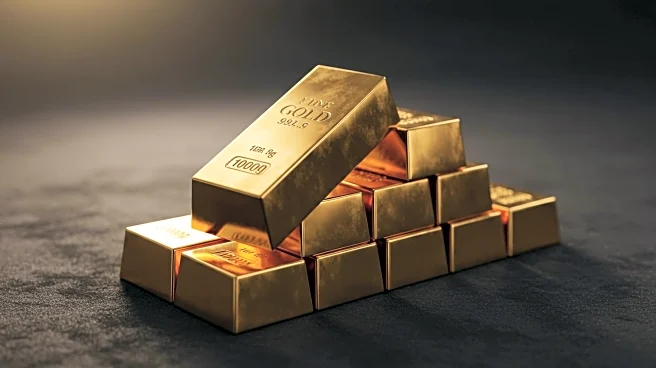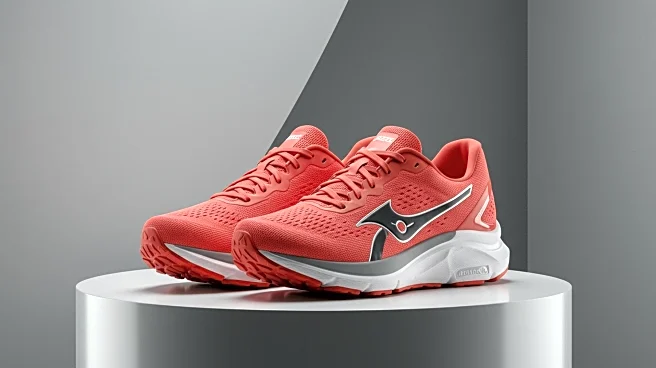What's Happening?
The market for used luxury watches has shown significant growth, marking its best half-year performance since early 2022. The Bloomberg Subdial Watch Index, which tracks the 50 most-traded timepieces by transaction value, reported a 5.3 percent increase in the first half of 2025, continuing its recovery into the third quarter. Notable performers include Rolex's gold Daytona 116508 and Patek Philippe's Aquanaut 5167A. This growth contrasts with the challenges faced by new watch sales, which are impacted by U.S. tariffs, including a 39 percent levy on Swiss exports, and low demand in Asia. The secondhand market benefits from high gold prices, which increase the cost of new watches, and from immediate availability of models that are often delayed in boutiques.
Why It's Important?
The growth in the used luxury watch market highlights a shift in consumer behavior towards more accessible and immediate purchasing options. This trend is significant for the U.S. luxury market, as it suggests a preference for 'quiet luxury' and restrained opulence, as seen with the popularity of Patek Philippe's Aquanaut over the Nautilus models. The tariffs imposed by President Trump on Swiss exports have further complicated the landscape for new watch sales, potentially driving more consumers to the secondhand market. This shift could impact the strategies of luxury watchmakers and dealers, as they navigate tariffs and changing consumer preferences.
What's Next?
Swiss watchmakers are facing ongoing challenges due to the U.S. tariffs, which may lead to further negotiations between Switzerland and the U.S. to potentially alter the tariff rates. The continued strength of the Swiss franc and broader weakness in luxury demand could prompt watchmakers to adjust their pricing and marketing strategies. Additionally, the trend towards secondhand luxury purchases may encourage watchmakers to explore partnerships with secondary platforms or develop their own certified pre-owned programs to capture this growing market segment.
Beyond the Headlines
The rise in the secondhand luxury watch market may reflect broader cultural shifts towards sustainability and value retention in consumer goods. As consumers become more conscious of environmental impacts and economic uncertainties, the appeal of pre-owned luxury items that offer both prestige and practicality could grow. This trend might influence other sectors within the luxury industry, prompting brands to reconsider their production and sales models to align with evolving consumer values.
